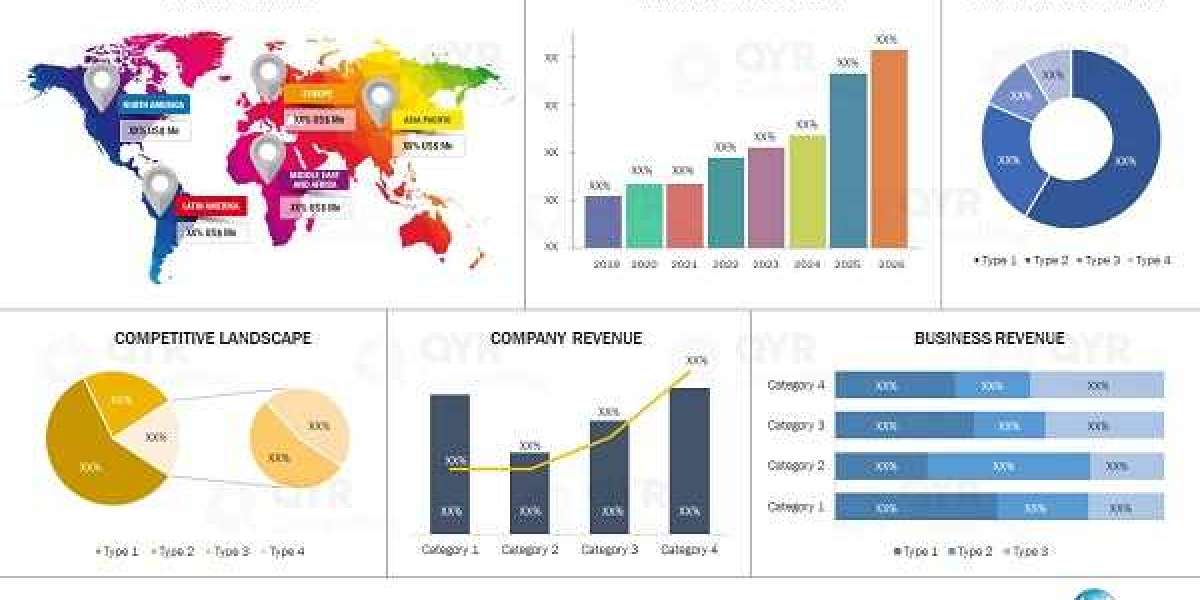From automotive manufacturing to electronics and medical device production, industries are increasingly adopting advanced solutions like the Laser Welding Machine to meet modern welding demands with speed and accuracy.
What is a Laser Welding Machine?
A laser welding machine is a high-precision welding tool that uses a concentrated laser beam to melt and fuse metals at the joint. This advanced technique ensures deep penetration, minimal heat distortion, and a neat, polished finish. Laser welding is ideal for tasks requiring tight tolerances, intricate details, or aesthetically sensitive results.
Industries such as aerospace, electronics, battery manufacturing, jewelry, and even medical technology rely heavily on laser welding for its precision, repeatability, and minimal post-processing.
Key Benefits of Laser Welding
A Laser Welding Machine offers a range of advantages that make it an attractive investment for manufacturers and fabricators:
Superior Precision: Allows for micro-welding and joining of very thin or delicate materials without damage.
Speed and Efficiency: Much faster than conventional TIG or MIG welding, improving production throughput.
Minimal Heat-Affected Zone (HAZ): Reduces warping, distortion, and stress in the welded materials.
Clean Welds: Produces smooth, aesthetically pleasing seams with little to no spatter or slag.
Versatility: Works effectively with stainless steel, carbon steel, aluminum, titanium, copper, and more.
These benefits make laser welding suitable for both small components and large-scale industrial applications.
Weldtron – Trusted Experts in Laser Welding Solutions
At Weldtron, we provide cutting-edge Laser Welding Machines tailored to the specific needs of businesses across the UAE and Gulf region. Whether you're looking for a handheld fiber laser welder or a fully automated laser welding system, we deliver the technology and support to meet your production goals.
Why Weldtron?
Diverse Product Range: Fiber laser welders, handheld laser systems, and CNC-integrated solutions.
Technical Expertise: Our experienced engineers help you select the right machine, provide on-site installation, and offer ongoing support.
After-Sales Service: Local assistance, spare parts availability, and comprehensive training ensure long-term value.
Our mission is to deliver reliable, high-performance equipment that improves efficiency and drives manufacturing excellence.
Conclusion
For businesses seeking speed, strength, and superior weld quality, investing in a Laser Welding Machine is a strategic decision. At Weldtron, we are committed to helping you achieve the highest standards in welding through cutting-edge technology and expert service.
Visit www.weldtron.net today to explore our full range of laser welding solutions and take your production to the next level.
Let me know if you'd like this tailored for a specific industry (like battery welding or medical equipment), or repurposed for a flyer or social media content.











